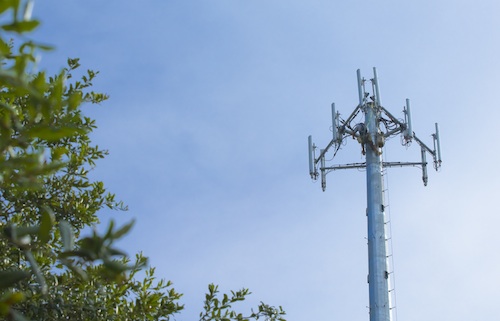
Naspers-owned Internet service provider MWeb has launched its own “self-provisioned” wireless network, offering uncapped wireless access aimed at business users in greater Johannesburg and Cape Town.
“While the industry waits for details on the issuing of WiMax spectrum, MWeb has already built base stations covering Sandton, Boksburg, Isando (Kempton Park) and Midrand in Johannesburg; and N1 City and the Cape Town CBD in Cape Town,” the company says.
“This footprint will be expanded on an ongoing basis throughout the year. The network will utilise open unlicensed spectrum bands and, using Alvarion wireless equipment, will broadcast signal in a 5km radius of the base stations.”
Eugene van der Westhuizen, GM of news business projects at MWeb says the company is “excited about provisioning its own commercial network for the first time”.
“With our [network service] licence awarded last year, it is exciting finally to be able to offer Internet access products where we own, manage, service and maintain every aspect of the network and the client interaction,” he says.
“We learnt a lot about managing a network during our successful WiMax trial in 2007, and while we wait for the next steps in the awarding of WiMax spectrum licences, we are pleased to be offering our own commercial product for the first time.”
MWeb says the product is pitched at small and medium-sized businesses as an alternative to uncapped ADSL. Known as Uncapped Wireless, the product will suit customers “hampered by a lack of ADSL capacity in their area, or who have been inconvenienced by the theft of copper cables — a particular problem in the east of Johannesburg”.
The wireless service will be available at 512kbit/s, 1Mbit/s and 4Mbit/s. All are uncapped and unshaped. Costs are R1 299/month (512kbit/s service), R1 999/month (1Mbit/s) and R2 795/month (4Mbit/s). There’s a once-off installation charge of R1 710.
MWeb says that in order to ensure optimal signal strength before installation, it will conduct “site inspections” at clients’ premises to determine the quality of signal that can be received. Once it has been determined that a client can get good quality signal, a small antenna will be installed at the customer’s premises to receive the wireless signal. — Staff reporter, TechCentral
- Subscribe to our free daily newsletter
- Follow us on Twitter or on Facebook




